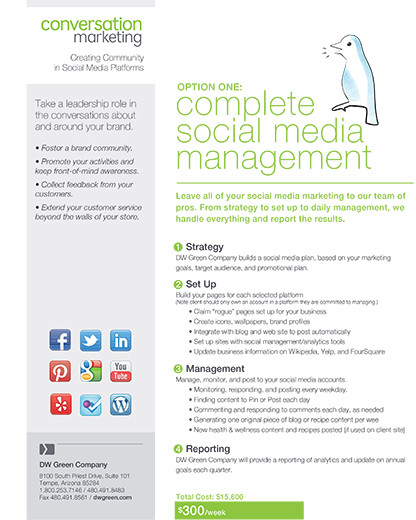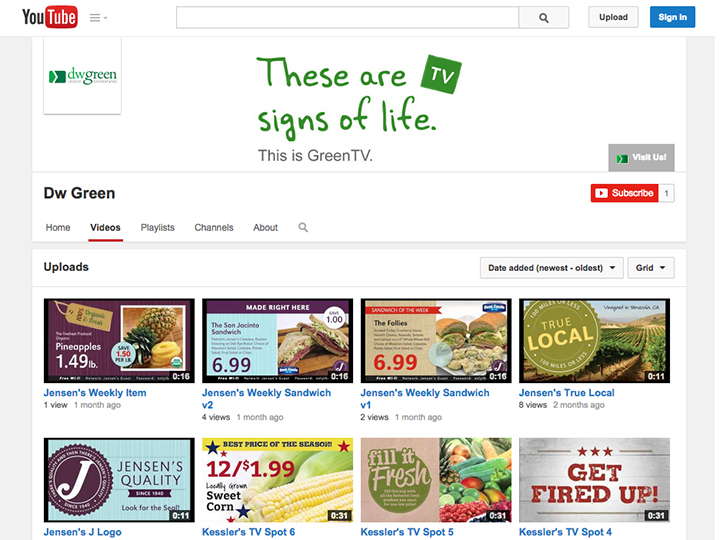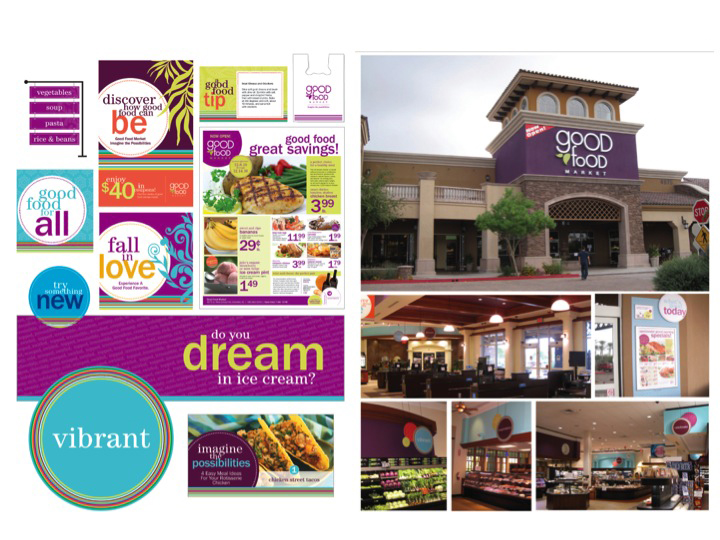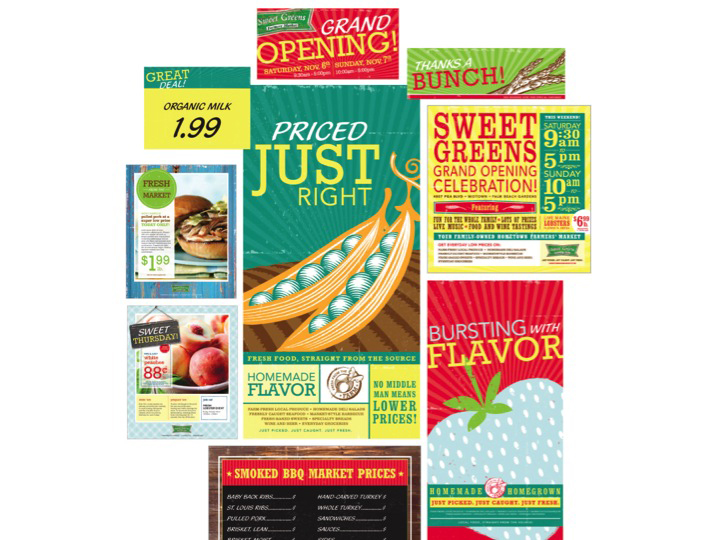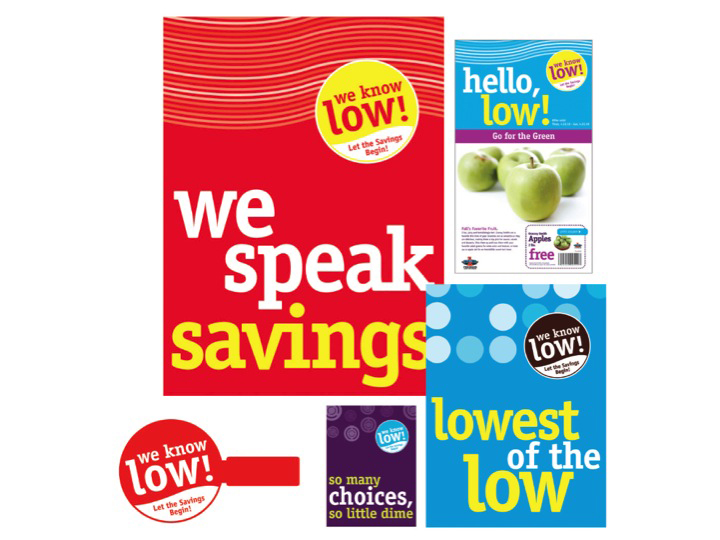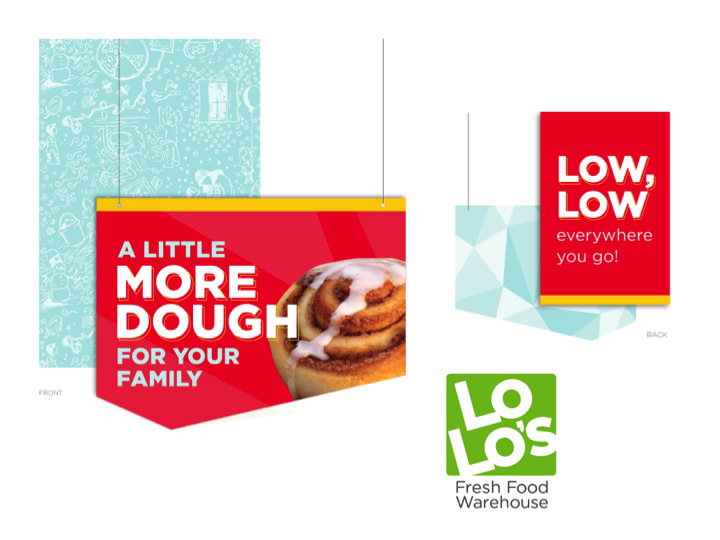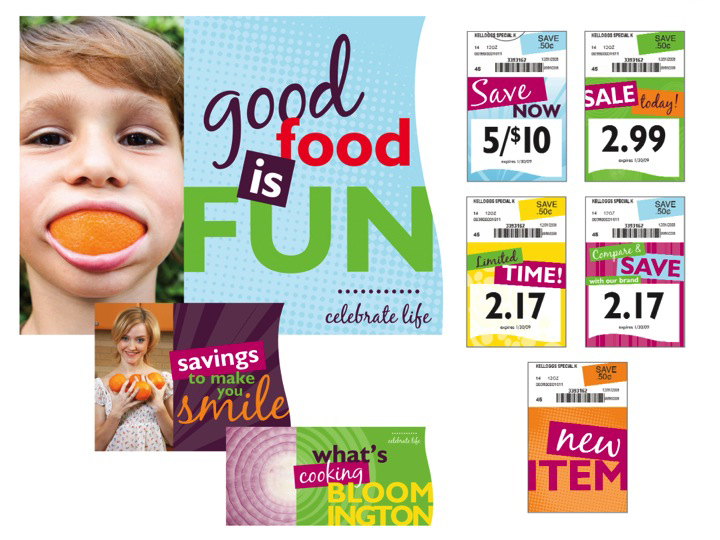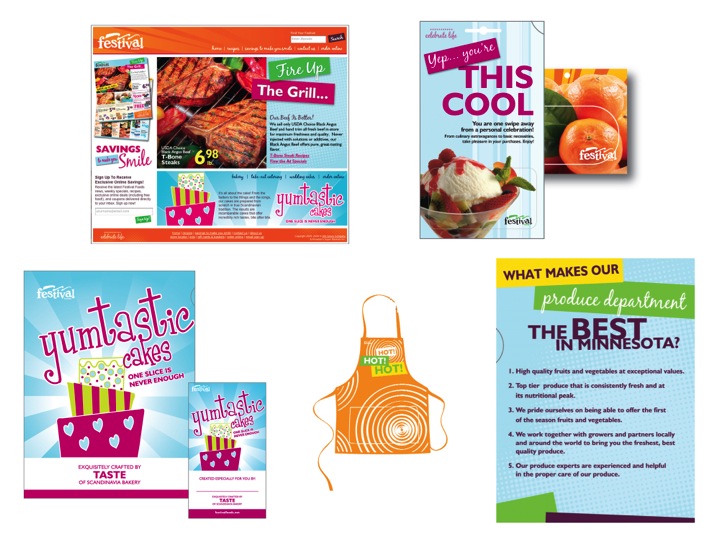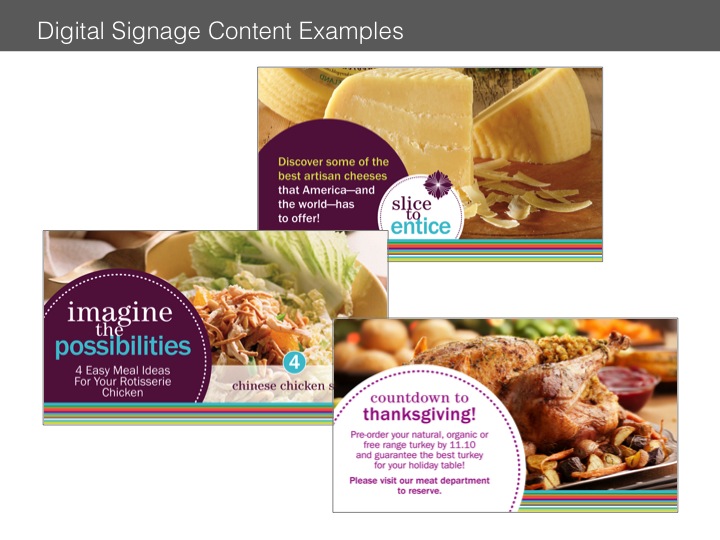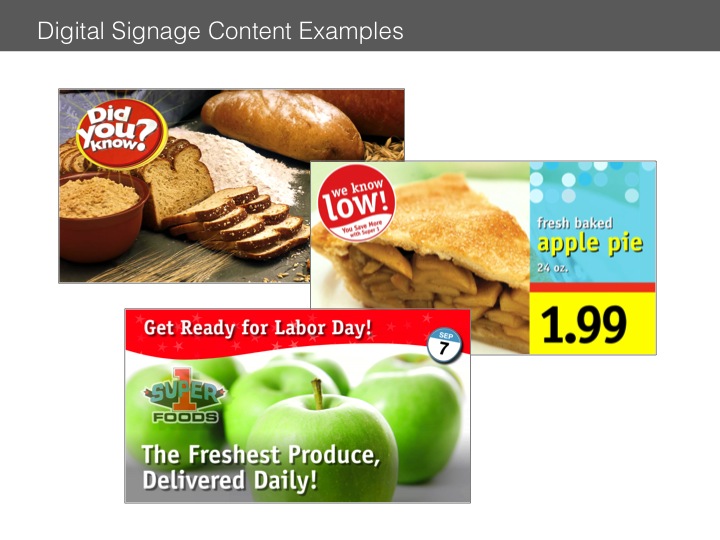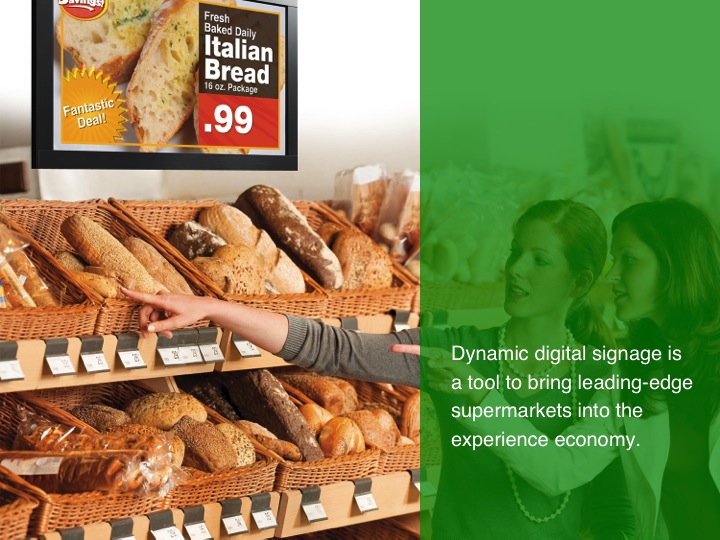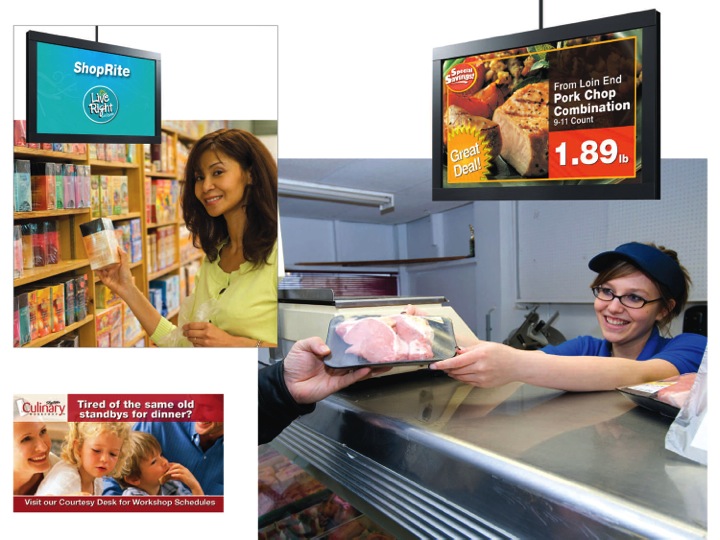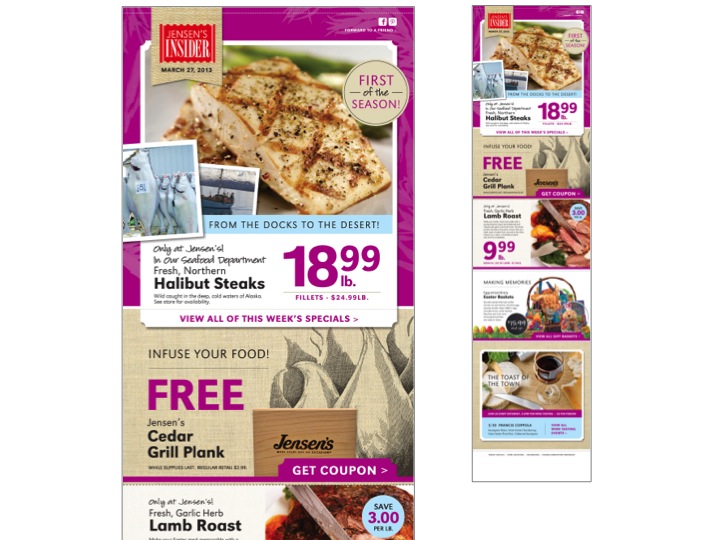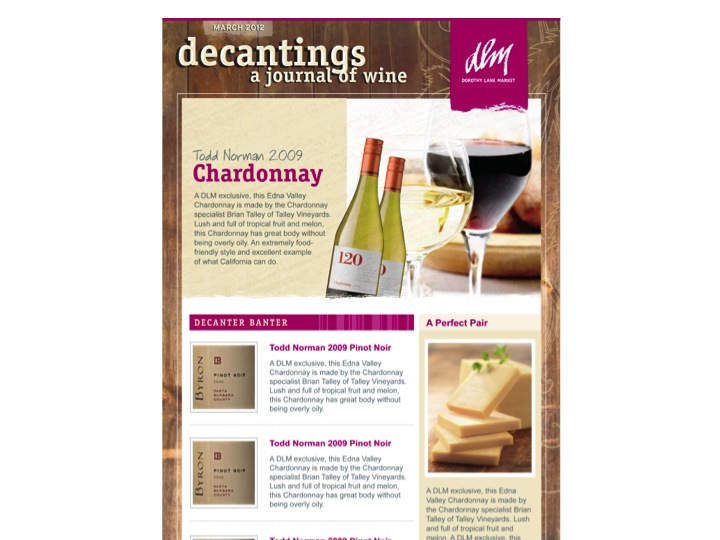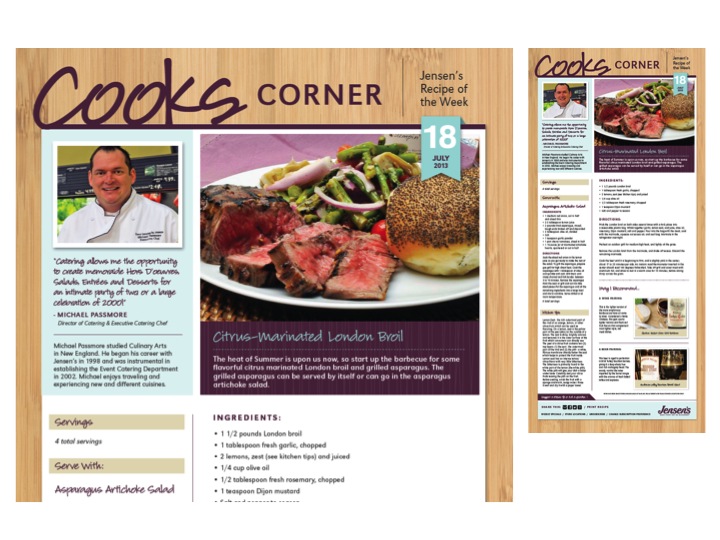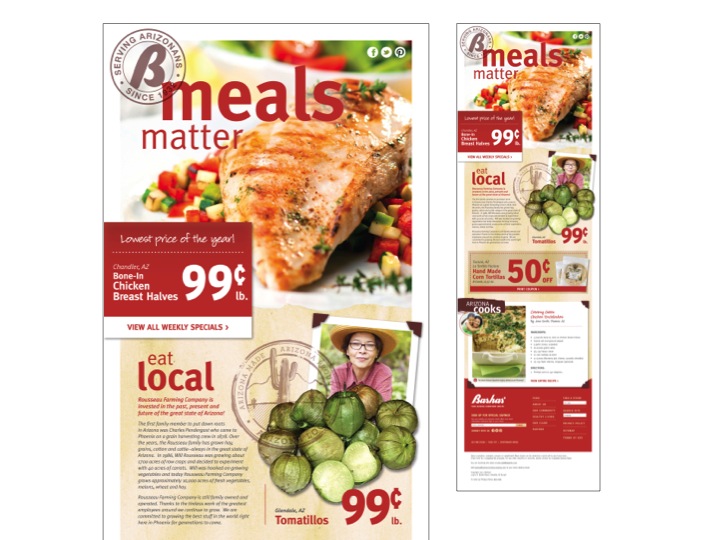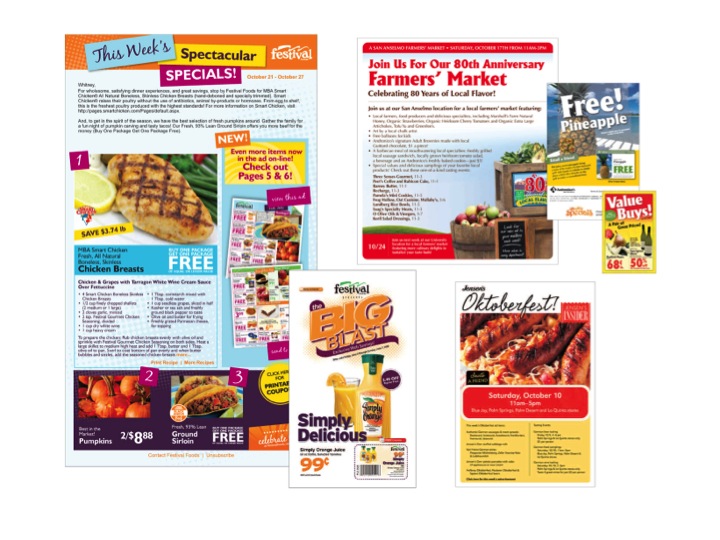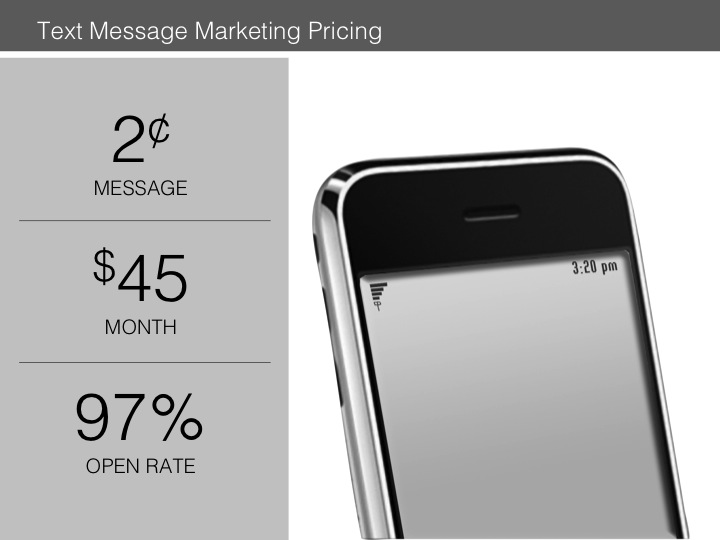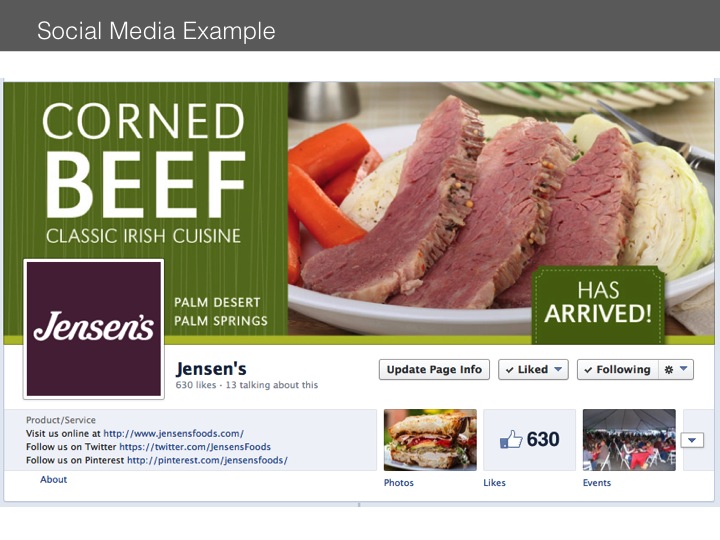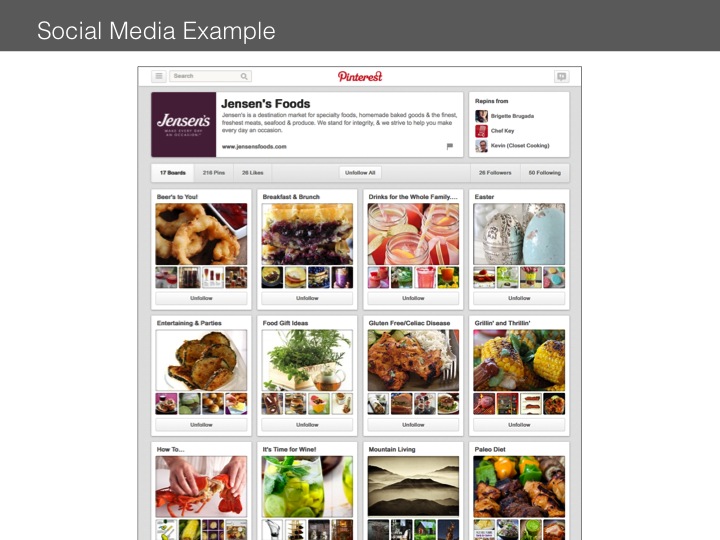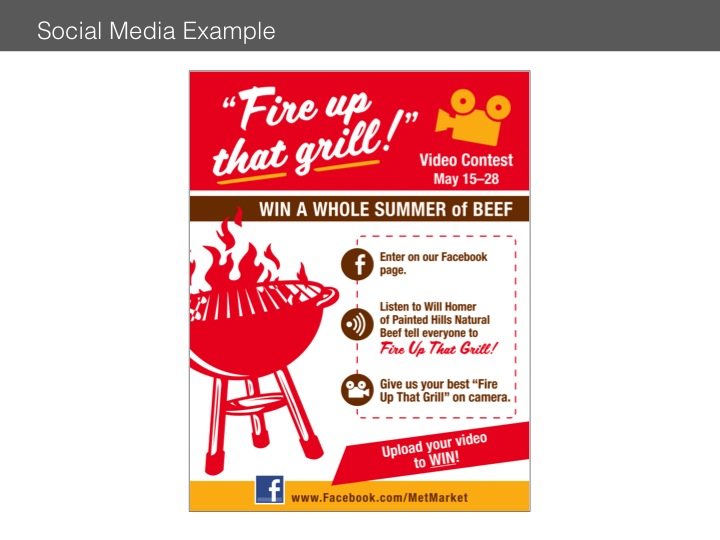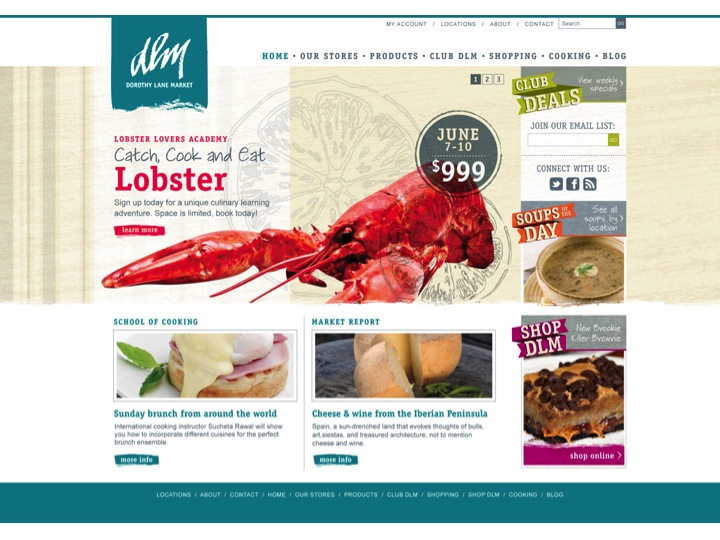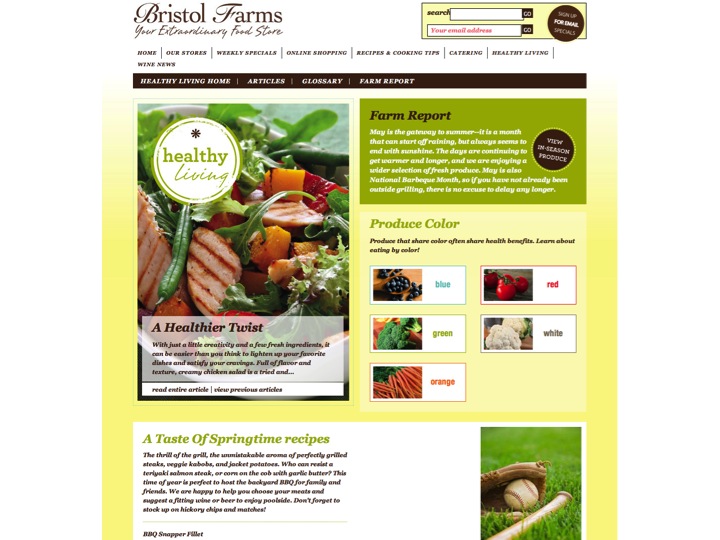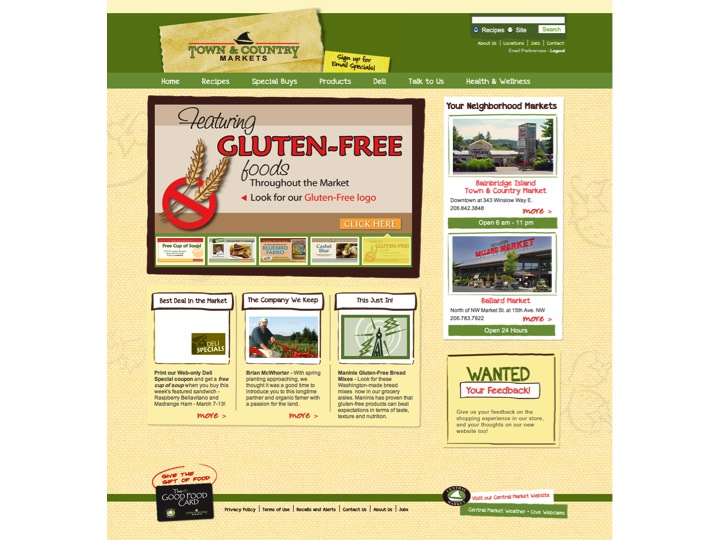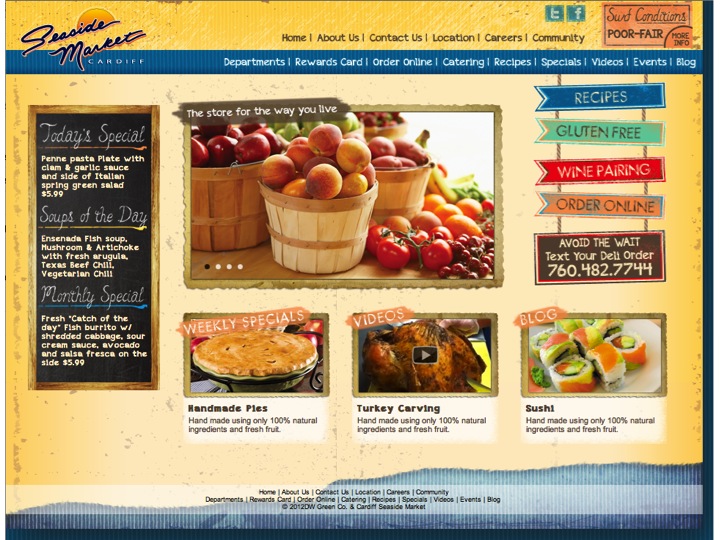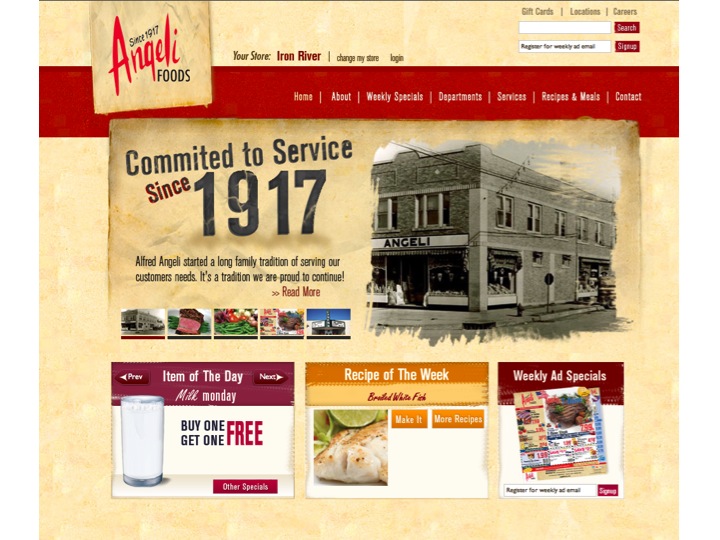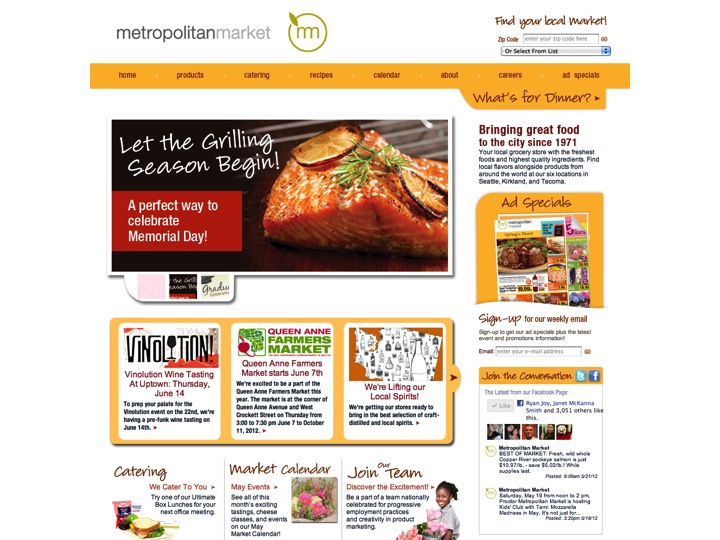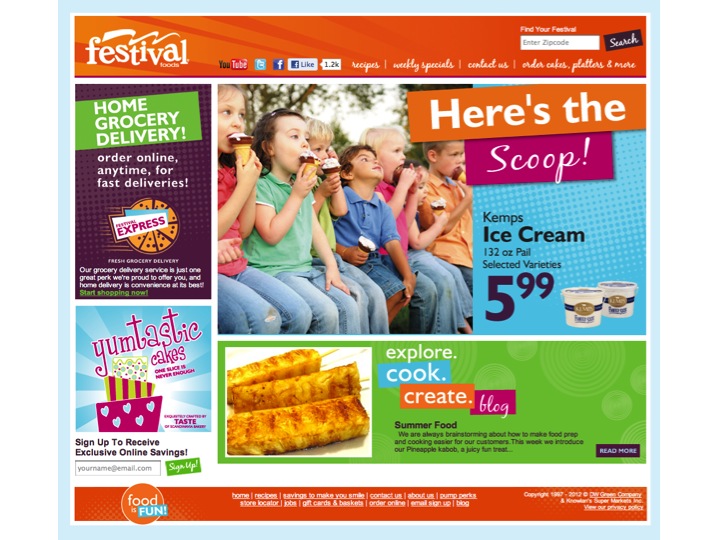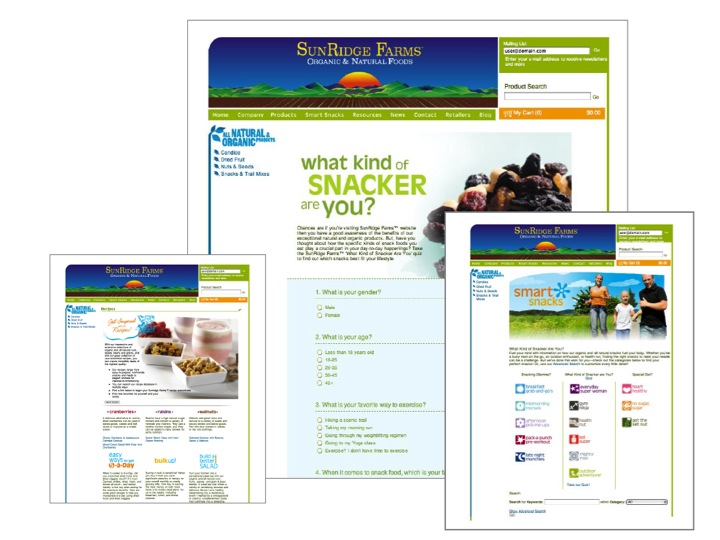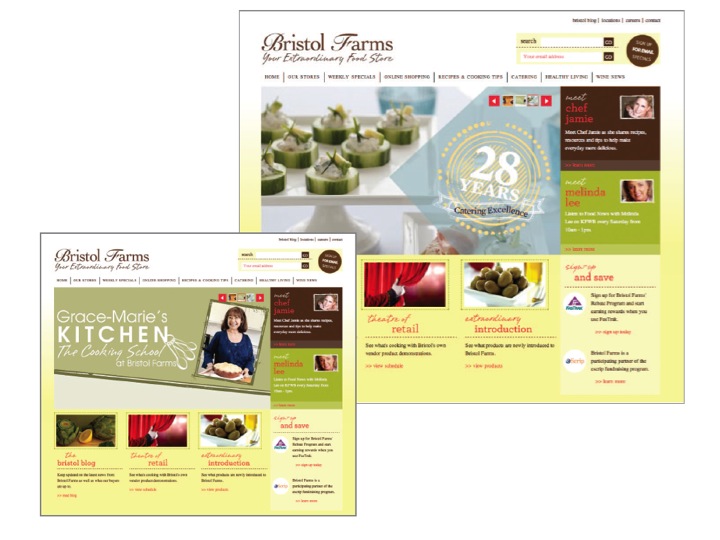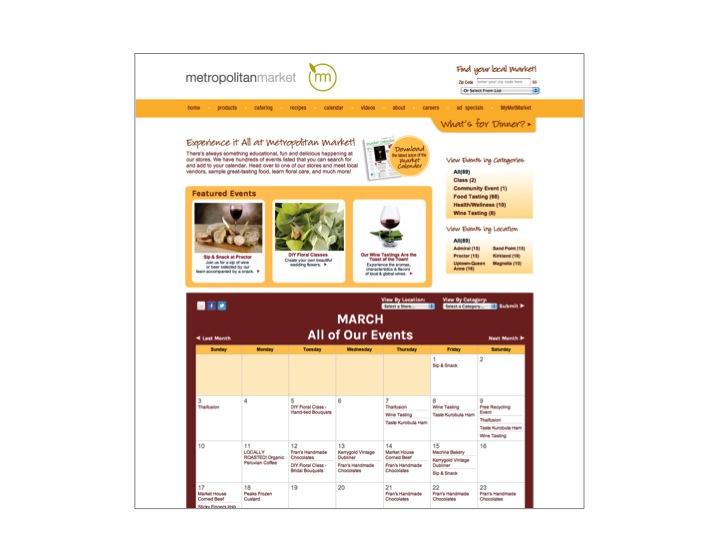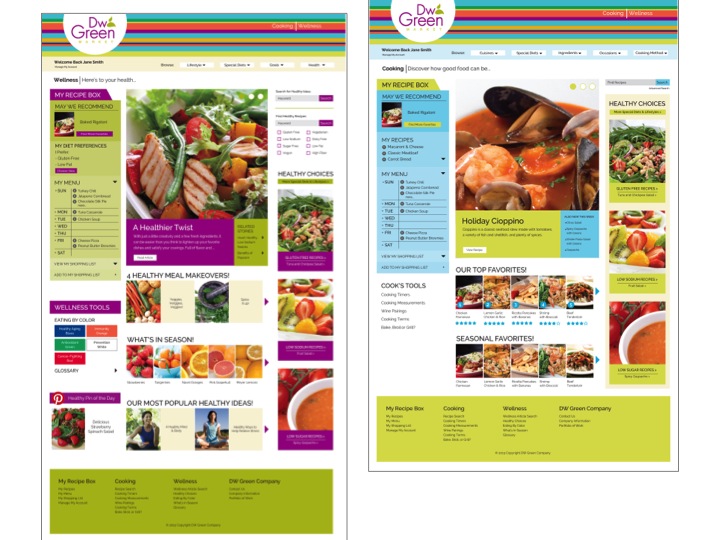Company Blog
Teach Me, Please
by Adam Zack — November 19, 2015

Oh Wise and Learned One
You’ve Got To Empower
by Adam Zack — November 12, 2015

Find innovative ways to say thank you
- Give them direct contact to management and owners: The grocery business has traditionally been a top-down management structure. The old “You’ll know what you know when I want you to know it” style needs to be turned upside down. They need to be comfortable to contact you with their honest feedback without fear that they will get in any kind of trouble. Suggestion boxes, email addresses, idea exchange groups and employee involvement committees are simple and effective.
- Do an annual employee survey: Really think
...read more
This Is Me Leaving You
by Adam Zack — November 4, 2015

Indifference Will Make A Difference
5 Reasons Customers Leave
- 1% pass away
...read more
When Business Gives You Lemons…
by Adam Zack — October 28, 2015

My mom has a lemon tree.
The Awkward Moments
by Adam Zack — October 22, 2015

Your Barn door Is Open
MISSION: POSSIBLE (AND NECESSARY)
by Adam Zack — October 15, 2015

Cornerstone To Success
- BMW, b. Google, c. Starbucks, d. In-n-Out Burger, e. DW Green Co,
- Dorothy Lane Market, g. Nordstrom, h. New England Patriots,
- i. Tiffany & Co., j. Southwest Airlines
- To inspire and nurture the human spirit – one person, one cup and one neighborhood at a time.
- To connect People to what’s important in their lives through friendly, reliable, and low-cost air travel.
- To make our customers happy by providing Honestly Better® food and service — every time.
- To be the world’s most respected and succes
...read more
You Are Fantastic
by Adam Zack — October 8, 2015

Our people are the greatest asset.
Enthusiasm Sells
by Adam Zack — October 1, 2015

Enthusiasm is contagious.
Change Revisited
by Adam Zack — September 23, 2015

If you’re not moving forward,
you’re standing still.
The Value Of Expertise
by Adam Zack — September 16, 2015

“Hello Haggen, Goodbye Hassle”




